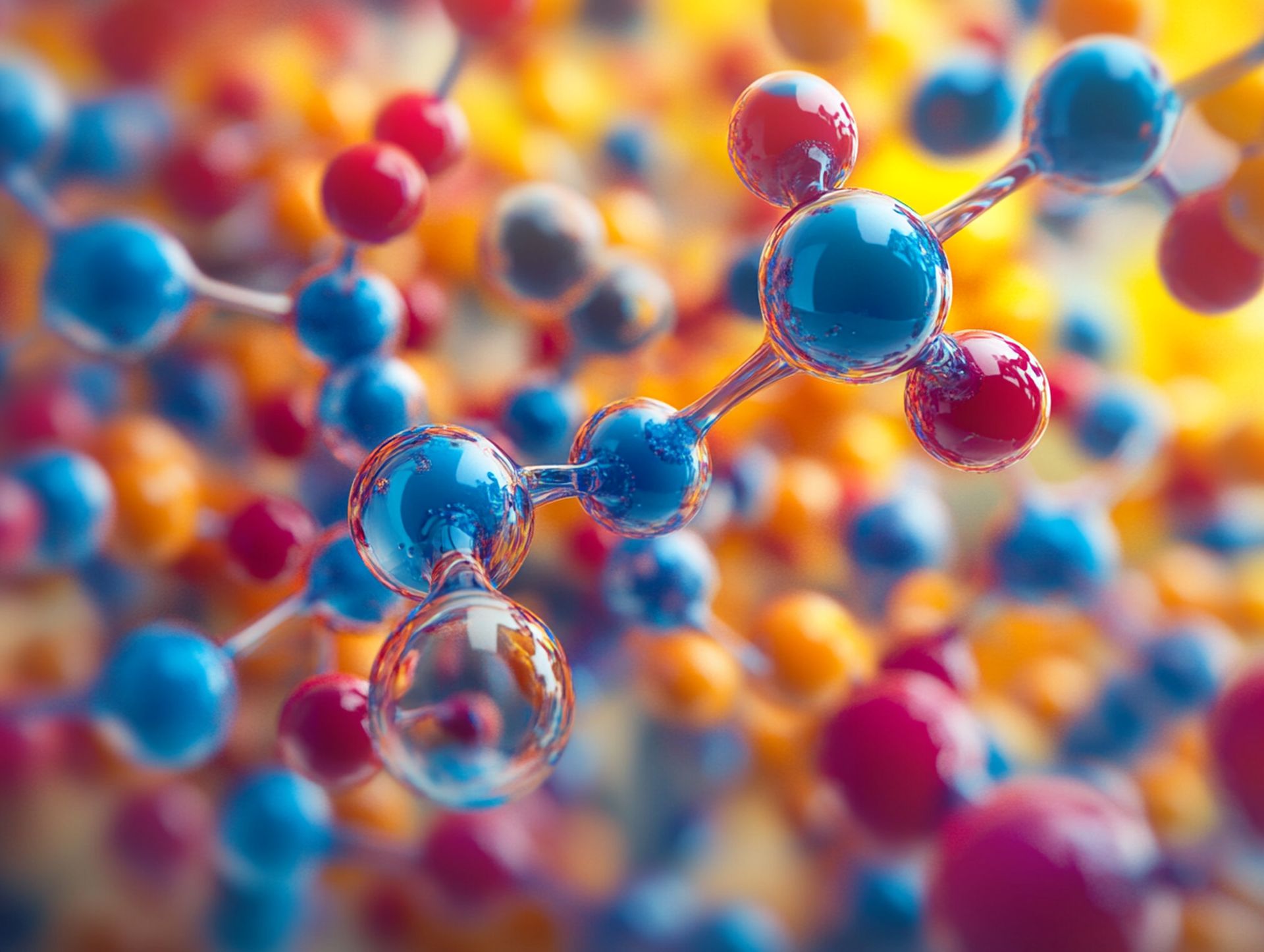and the distribution of digital products.
DM Television
AI now handles molecular simulations: Thanks to MDCrow

Molecular dynamics (MD) simulations are a cornerstone of modern chemistry and biology, but automating them has remained a challenge—until now.
Researchers from the University of Rochester and FutureHouse Inc., including Quintina Campbell, Sam Cox, Jorge Medina, Brittany Watterson, and Andrew D. White, have introduced MDCrow: Automating Molecular Dynamics Workflows with Large Language Models—an AI-powered agent designed to streamline complex MD tasks using large language models (LLMs).
MDCrow integrates over 40 expert-designed tools to handle every step of an MD workflow—from preparing input files to running simulations and analyzing results. Unlike previous attempts that were limited to specific software ecosystems, MDCrow is designed for broad adaptability. It employs chain-of-thought reasoning to interact with tools dynamically, optimizing workflows without requiring extensive human intervention.
The challenge of automating MD simulationsMD simulations require meticulous parameter tuning, from selecting force fields to managing complex pre- and post-processing steps. While computational advances have improved accessibility, full automation has remained elusive due to the highly specialized decision-making involved. Previous efforts, such as RadonPy and PyAutoFEP, focused on narrow domains or required rigid tool integrations. MDCrow changes this by combining the adaptability of LLMs with specialized MD tools, creating a system that can generalize across different scientific applications.
How MDCrow worksBuilt using the LangChain framework and a ReAct-style prompt, MDCrow functions as an LLM-driven assistant that autonomously selects and executes actions within a controlled environment. It interacts with tools in four key areas:
- Information retrieval: Accessing literature, databases, and protein structures to inform simulation parameters.
- PDB & protein handling: Cleaning and processing PDB files for molecular simulations.
- Simulation execution: Running MD simulations using OpenMM, automatically handling errors.
- Analysis & visualization: Generating insights from simulation outputs, including structural analyses and stability assessments.
The key innovation is MDCrow’s ability to adapt dynamically to task complexity. Whether performing a simple structure cleanup or orchestrating multi-step simulations with intricate analyses, the system refines its approach based on past results and real-time feedback.
Are we really testing 3D AI? Study reveals a major flaw in 3D benchmarks
Benchmarking MDCrowTo evaluate MDCrow’s capabilities, the research team tested it on 25 tasks of increasing complexity, comparing its performance across different LLMs, including GPT-4o, Llama3-405b, and Claude-3 Opus.
The results are striking:
- MDCrow, powered by GPT-4o, successfully completed 72% of tasks, far outperforming standard LLM setups.
- Llama3-405b, an open-source alternative, achieved 68% completion, proving a viable non-proprietary solution.
- Basic LLMs without MDCrow’s specialized tools achieved only 28% accuracy, highlighting the importance of expert-designed workflows.
- Prompt style had little impact on high-performing models but significantly affected weaker ones, reinforcing the need for structured reasoning in complex scientific tasks.
MDCrow represents a big step toward fully autonomous molecular simulations, but its impact extends beyond MD workflows. By enabling AI to handle intricate, multi-step computational tasks, MDCrow demonstrates how LLMs can serve as scientific assistants, accelerating discovery across chemistry, materials science, and bioengineering.
The study also shows the importance of human-AI collaboration. While MDCrow automates routine processes, its interactive “chatting” feature allows scientists to refine workflows in real-time, guiding AI toward more complex problem-solving.
The research is open-source, with code available at GitHub.
Featured image credit: Kerem Gülen/Midjourney
- Home
- About Us
- Write For Us / Submit Content
- Advertising And Affiliates
- Feeds And Syndication
- Contact Us
- Login
- Privacy
All Rights Reserved. Copyright , Central Coast Communications, Inc.